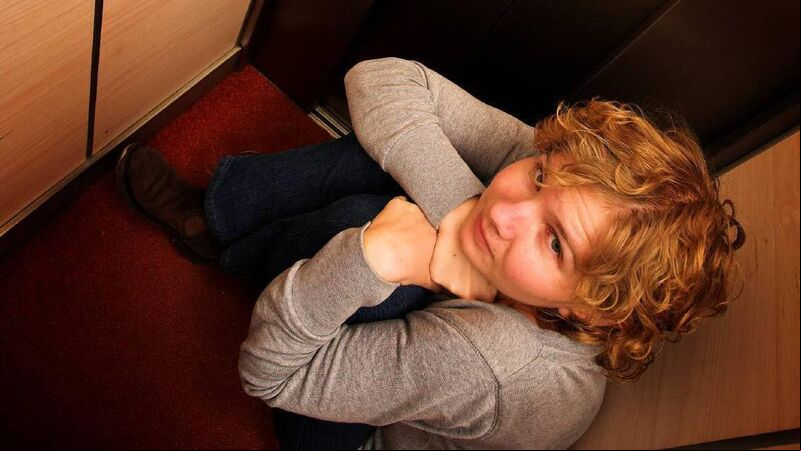Cork Views: I fear enclosed spaces, how do divers and astronauts do it?!

The woman was walking in New South Wales’ Hunter Valley region when she fell into the three-metre crevice. She hung by her feet for what turned out to be a seven-hour ordeal, which saw emergency services undertake a “challenging” rescue and having to remove several boulders before they could get her out.
She had already been there for more than an hour before rescuers arrived, and then they had to extract the woman from the ‘S’ bend she had found herself in.
Her friends’ initial attempts to free her had been unsuccessful, but when she was eventually freed, the rescued woman was left with just minor scratches and bruises.
If I did, by some miracle, manage to escape, I would certainly have had more than just a few minor scratches and bruises.
I would also have been completely traumatised and in need of serious counselling by a team of top psychiatrists. Even after that, I doubt I would ever be normal again.
I don’t consider myself to be claustrophobic, but there are times when the thought of being in cramped spaces increases my heart rate. Caving or potholing, for example, are two things I would never consider getting involved in, unless my life depended on it, and even then, I would probably choose death.
Life in a submarine is something else to be avoided. Living conditions are cramped to say the least and the beds are referred to as coffins, which doesn’t exactly fill me with confidence. They typically measure around 60cm x 180cm with very little head room. I imagine it’s like trying to sleep in an MRI machine, and I hate those things too.
If you need another reason to avoid submarines, then consider this. It’s not unusual for submariners to ‘hot-bunk’, which basically means that when someone finishes a shift and wants to get some shut-eye, they hop into a bed that has just been vacated by someone else - and I can think of lots of reasons why that freaks me out.
I was on a flight a couple of years ago and at some point, in the journey I felt uncomfortable. I began to feel very confined, and my breathing became laboured. I wanted to get some fresh air, which was impossible at 30,000ft above the ground.
Thankfully, the feeling only lasted a few minutes. It wasn’t pleasant and if that happened anywhere else except on a plane, I would have taken myself outside. Instead, I took some deep breaths, and the episode ed.
I hadn’t even thought about that incident either until I read a piece in a newspaper about stranded astronauts.
The headline was, ‘Stranded astronauts in ‘high spirits’ - but fate still up in the air’. The story was about two astronauts, Barry ‘Butch’ Wilmore and Sunita ‘Suni’ Williams, who were launched into space on Boeing’s Starliner last June on a mission to the International Space Station (ISS).
They were supposed to stay up there for eight days, but they have been in orbit now since June because of a fault in the spacecraft.
Their return was delayed by malfunctions that came to light during the mission to the ISS.
After weeks playing down the mechanical problems, Nasa finally itted that technical faults on board the Starliner were worse than had been previously disclosed.
Following a dispute between Boeing and NASA about how serious the fault was, it was decided to keep the astronauts in space until it is resolved. They are expected back on Earth some time in 2025.
It’s right to keep them up there if there is even the slightest concern about their safety, but I’m not sure I would be so agreeable if I was on board.
Maybe if I was as highly trained as those guys are, it might be a different story, but right now, I’m breathing heavily at the prospect and I’m at home in my recliner.
Apart from their confinement, there are some other issues these astronauts have to cope with too. The ISS has its own oxygen generation system, which means the astronauts have no concerns about running out of air.
The station also has a urine-to-drinking-water recycling system. It captures moisture released into the cabin from the crews’ breath and sweat and turns it into drinkable water.
That sounds fine, but if you think about it for a second, what they’re actually doing is turning their wee and their sweat into clean drinking water.
OK, but when they drink that, they wee and sweat some more and again that turns into drinking water, but at what stage does the wee eventually begin to taste like wee?
And, as most of the food is dehydrated, water must be added before being eaten. On the menu is barbecued beef brisket, eggs, vegetables and bread, which is good, but how tasty is it when it’s mixed with water that is in reality wee that has been constantly recycled?
Now I have even more sympathy for those guys.







 App?
App?




